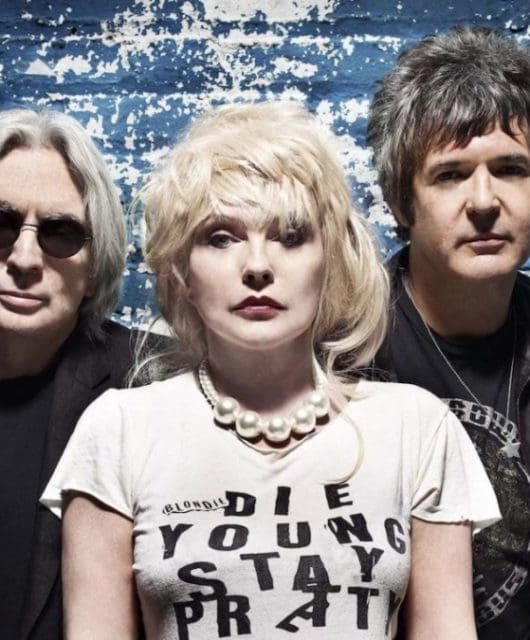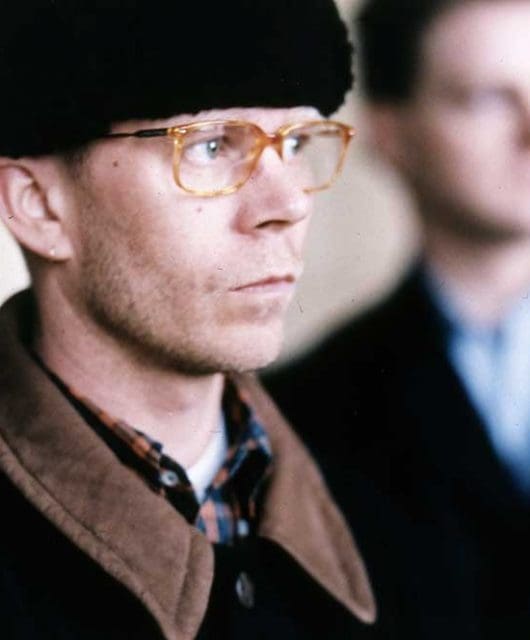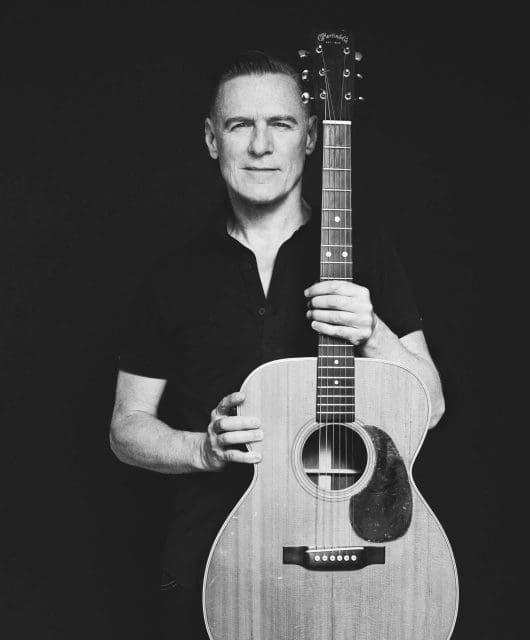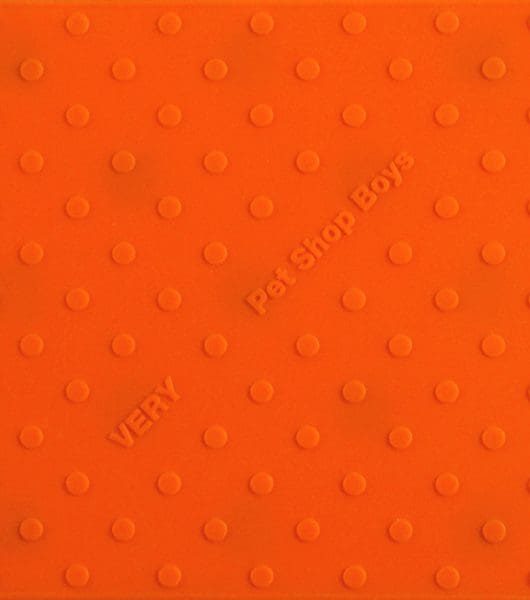Popscene: Ambient Music
By Steve O'Brien | June 5, 2024
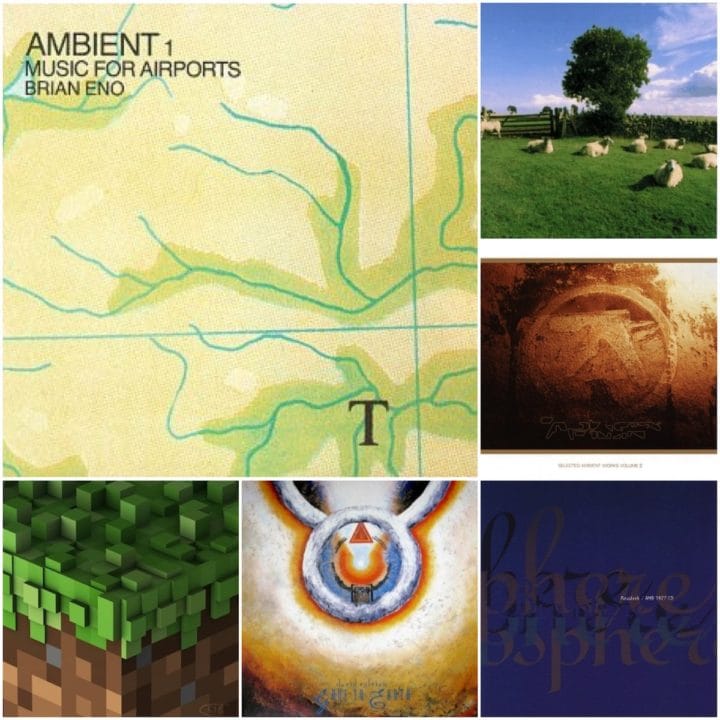
Classic Pop celebrates Ambient music: the mood-enhancing sounds that soothe our fevered brows…
What is it?
Some might say that ambient has little right being in a pop magazine. Pop, they’d argue, is all about formula, rules and the shimmering beauty of a taut, three-minute nugget that’s destined to work either your feet or your heart. Ambient, on the other hand, is about spaciousness and atmosphere more than melodies and rhythm, music that’s meant to evoke a mood, music that you can daydream or meditate to.
Yet some of pop’s most accomplished tunesmiths have sidelined into ambient. Who’d have thought that one of the men behind Virginia Plain – we’re talking Brian Eno here – would, just six years later in Ambient 1: Music For Airports, create an album so minimalist, so slight, that it baffled most critics. Rolling Stone magazine wrote, presumably with a quizzical look on its face: “There’s a good deal of high craftsmanship here, but to find it, you’ve got to thwart the music’s intent by concentrating.”
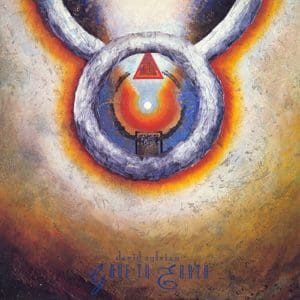
Sound of Sylvian…
Similarly, Japan’s David Sylvian would leave pop behind in the mid-80s as he embraced more austere, avant-garde soundscapes. His third solo album, 1986’s Gone To Earth, would feature one disc of experimental vocal-led rock and the other consisting entirely of ambient instrumentals. By 2014’s There’s A Light That Enters Houses With No Other House In Sight, Sylvian’s work seemed a million miles from the chart-friendly pop of I Second That Emotion.
We have Eno to thank for the term ‘ambient’, which he defined as being “as ignorable as it is interesting.” Today, those ethereal noises live on in the work of Kaitlyn Aurelia Smith, Cat System Corp. and Max Richter, while artists such as Aphex Twin and The Orb have married the misty textures of ambient with beats as part of the ambient techno movement.
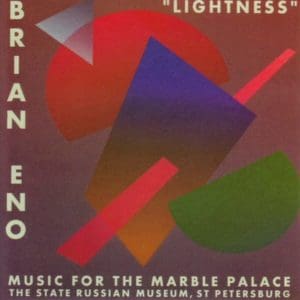
Essential Artists
Brian Eno
We make no apologies for invoking Brian Eno’s name here, as without him there’s no ambient. Sure, he was building on what others had done (Erik Satie had invented what he termed ‘furniture music’ in the 1910s, while originative pieces such as John Cage’s entirely silent 4’33 – where the sounds come out of the environment that the listeners hear while it’s performed – could be described as ‘ambient’), but the electronically-formed sounds of what we think of as contemporary ambient come from Eno.
Aside from Ambient 1: Music For Airports, he’s put out experimental albums including Ambient 4: On Land, Thursday Afternoon (one 60-minute composition) and Lightness: Music For The Marble Palace – The State Russian Museum, St. Petersburg, made for an installation that took place in 1997 at the historic venue.

C418
The enigmatically named C418 (aka Daniel Rosenfeld ) is one of the 21st century’s most respected names in ambient. Just 34, he got his big break composing the music for the video game Minecraft. His 2011 album Minecraft: Volume Alpha is a minimalist delight, both eerie and beautiful. His work isn’t always in the ambient genre (2011’s 72 Minutes Of Fame and 2012’s One are more IDM, while 2015’s 148 had him playing in dance-pop waters), but his work
in the ambient field is up there with Eno’s best. His latest album, tied to the incremental game Cookie Clicker, is another chilled-out marvel.
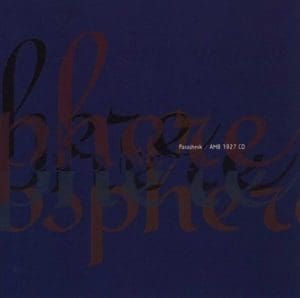
Biosphere
Born in Tromsø, Norway, in 1962, Geir Aule Jenssen released his first album in 1990 as Bleep. However, The North Pole By Submarine was more acid techno than ambient, and it wasn’t until Jenssen adopted the new moniker of Biosphere that he embraced more ambient textures. 1991’s Microgravity was fabulously sinister and haunting, while 1994’s Patashnik was an ambitious concept piece about a lost cosmonaut drifting aimlessly in outer space. Other discography highlights of Jenssen’s include his work with German ambient composer Pete Namlook as The Fires Of Ork and his disquieting soundtrack to 1997’s Norwegian thriller Insomnia.
Essential LPs
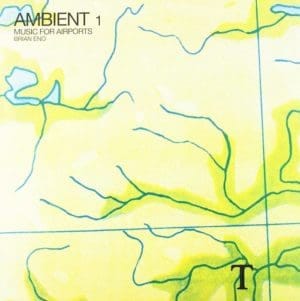
Brian Eno
Ambient 1: Music for Airports (1978)
“Ambient music is intended,” Brian Eno wrote in the liner notes to his sixth solo album, “to induce calm and a space to think. It must be able to accommodate many levels of listening attention without enforcing one in particular.”
Eno’s interest in what he would later term ‘ambient’ started in the mid-70s when he found himself laid up in hospital after a car accident. A visiting friend, artist Judy Nylon, gave him an album of 18th century harp music to listen to. According to the liner notes of his fourth LP Discreet Music, Eno played the harp album almost inaudibly, which “presented what was for me a new way of hearing music – as part of the ambience of the environment.”
Though 1975’s Discreet Music would be his opening foray into ambient, Music For Airports is considered his first great work in the genre, devised as music that would, as he told Glenn O’Brien in 1978, “work in an airport”.
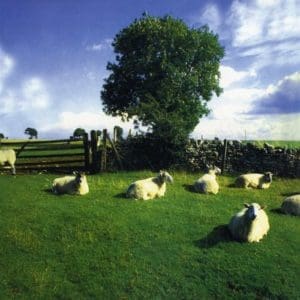
The KLF
Chill Out (1990)
Ever the contrarians, The KLF followed up their raucous Who Killed The JAMs? long-player with this ambient concept album depicting a mythical journey throughout the Gulf Coast of America, beginning in Texas and ending in Louisiana. Compiled using field recordings and with snippets of songs from artists such as Elvis, Acker Bilk and Fleetwood Mac, it’s an impressionistic road trip that the band claim was recorded in a 44-minute live take.
In an interview for Record Collector, Jimmy Cauty stated that: “There’s no edits on it. Quite a few times we’d get near the end and make a mistake so we’d have to go all the way back to the beginning and set it all up again.” Predictably, it perplexed critics at the time, which presumably is exactly what Bill Drummond and Jimmy Cauty wanted, with Sounds complaining that it was “too arbitrary and formless.”
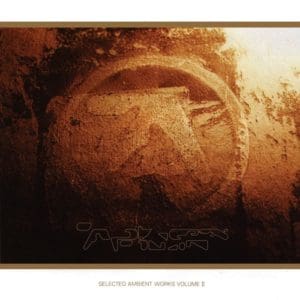
Aphex Twin
Selected Ambient Works Volume II (1994)
Richard James’ second LP after 1992’s Selected Ambient Works 85-92. Whereas James’ first record was made up of ambient-techno doodles from the DJ’s teenage years, this second volume is a much more traditional – i.e. beatless – ambient effort, inspired, its composer explained, by lucid dreaming, after which he would attempt to recreate the sounds in his home studio.
James described the album as being “like standing in a power station on acid,” telling The Face: “If you just stand in the middle of a really massive one, you get a really weird presence and you’ve got that hum. You just feel electricity around you. That’s totally dreamlike for me.” Consisting of 24 titleless tracks, Selected Ambient Works Volume II is more avant-garde sound installation than a traditional album.
The official soundtrack to the generative film Eno by Gary Hustwit – a definitive documentary about visionary musician and artist, Brian Eno – can be ordered here
Read More – Synth-pop: The rise of the machines
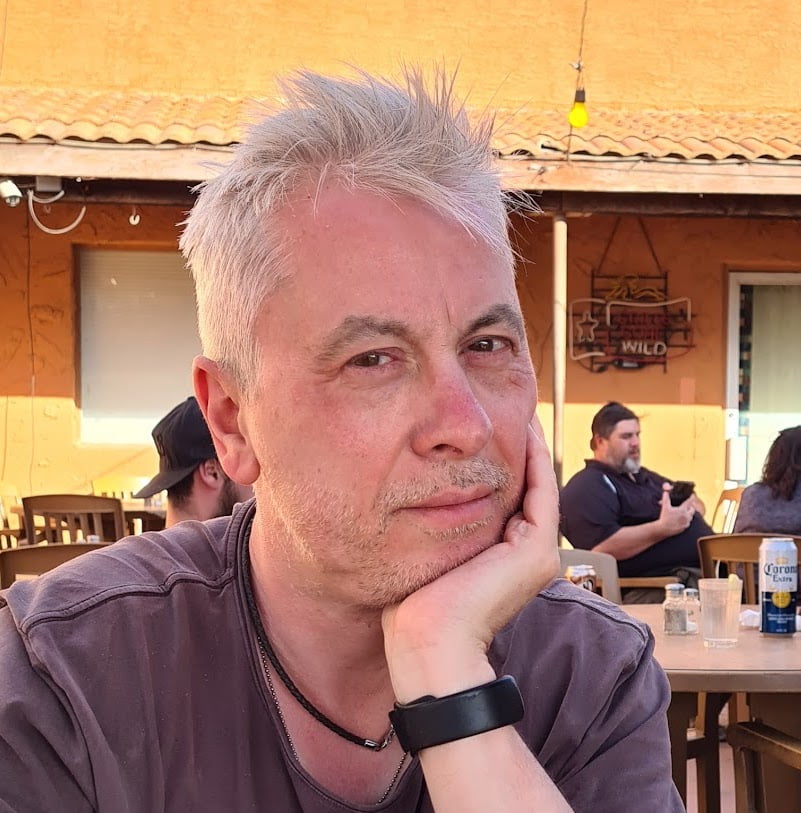
Steve O'Brien
Steve O’Brien is a writer who specialises in music, film and TV. He has written for magazines and websites such as SFX, The Guardian, Radio Times, Esquire, The New Statesman, Digital Spy, Empire, Yours Retro, The New Statesman and MusicRadar. He’s written books about Doctor Who and Buffy The Vampire Slayer and has even featured on a BBC4 documentary about Bergerac. Apart from his work on Classic Pop, he also edits CP’s sister magazine, Vintage Rock Presents.www.steveobrienwriter.com

